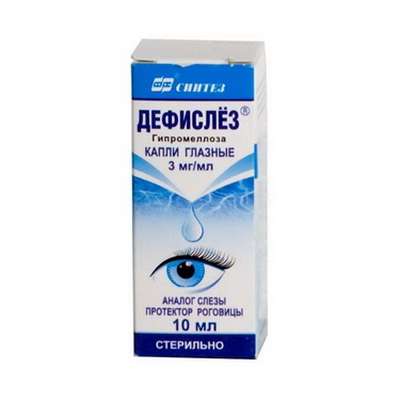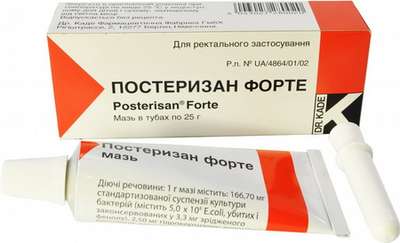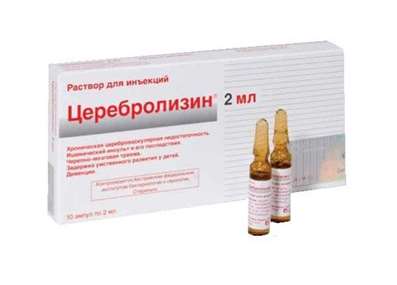Instruction for use: Latanoprost + Timolol (Latanoprostum+ Thymololum)
I want this, give me price
Pharmacotherapeutic group:
Prostaglandins, thromboxanes, leukotrienes, and combinations of their antagonists
Beta-blockers in combination
Ophthalmic agents in combination
The nosological classification (ICD-10)
H40.0 Suspected glaucoma
Marked rise in intraocular pressure, Hypertension eyes, ocular hypertension, Measurement of intraocular pressure, ophthalmohypertension, Elevated IOP, Elevated intraocular pressure, Elevated intraocular pressure in infectious diseases of the eye, Povyshennore intraocular pressure, Increased ophthalmotonus, Spontaneous blockade angle opposite eye, Narrow chamber angle, Iatrogenic, blockade angle opposite eye
H40.1 Primary open-angle glaucoma
open-angle glaucoma, Open-angle glaucoma, Primary glaucoma, pseudoexfoliation glaucoma, Elevated IOP
Pharmacology
antiglaucoma.
Latanoprost - analogue PGF2alfa, is a selective agonist of PGF receptors. It lowers intraocular pressure due to increased outflow of aqueous humor, mostly uveoscleral. It does not have a significant impact on the production of aqueous humor and does not affect the blood aqueous barrier.
Timolol - nonselective beta-adrenoceptor blocker without sympathomimetic activity. When applied topically, it lowers intraocular pressure by reducing aqueous humor formation and a slight increase in its outflow. Effect of the drug occurs within 1 hour after administration, the maximum effect is observed within 6-8 hours. Well absorbed through the retina and may cause systemic effects typical of beta-blockers.
Indication
Open-angle glaucoma, ocular hypertension.
Contraindications
Hypersensitivity, chronic obstructive pulmonary disease, severe course (including bronchial asthma in history), sinus bradycardia, AV block II-III century., Decompensated chronic heart failure II-III century., Cardiogenic shock, pregnancy, lactation.
Restrictions apply
Sinoatrial block, hypotension, atrophic rhinitis, respiratory failure, severe cerebrovascular insufficiency, diabetes, hypoglycemia, hyperthyroidism, myasthenia gravis, concurrent administration of other beta-blockers, children's age (not recommended for use in children, as efficacy and safety have not been established ), particularly during the neonatal period (for formulations containing a preservative as benzalkonium chloride). Neovascular, congenital pigmentary glaucoma, open-angle glaucoma with pseudophakic, angle-closure glaucoma, aphakia, psevdofakiya, damage to the rear of the lens capsule (or patients with known risk factors for macular edema).
Pregnancy and breast-feeding
The drug should not be administered during pregnancy (use the safety in pregnant women has not been confirmed). There is a potential risk of adverse effects on the course of pregnancy, the fetus and newborn. The drug should not be administered to nursing women, or should abandon breastfeeding (timolol, Latanoprost and its metabolites may enter the mother's milk).
Side effects
Increased pigmentation of the iris (16-20% of patients treated for up to 1 year); darkening, thickening and lengthening lashes (37.4%); burning and itching (12.4%), redness of the eye (7.4%), conjunctivitis (3.0%), blepharitis (2.5%), pain in the eyes (2.3%), headache (2 , 3%); macular edema (mainly in patients with aphakia, psevdofakiey, damage to the posterior lens capsule, or in patients with known risk factors for macular edema); foreign body sensation, swelling and point erosion of the corneal epithelium, iritis / uveitis, darkening of the eyelid skin; symptoms are irritating to the eyes, keratitis, decreased corneal sensitivity, sensation of dryness in the eyes, visual disturbances, including refractive error, diplopia, ptosis, choroidal detachment itself (after surgery fistuliziruyuschego types), ringing in the ears; allergic reactions (angioedema, urticaria, skin rash).
Interaction
In an application with the BPC, drugs that reduce the activity of catecholamines, beta-blockers, anti-arrhythmic drugs (including amiodarone and quinidine), cardiac glycosides of digitalis group, holinomimetikami, narcotic analgesics and MAO inhibitors may increase the hypotensive action and / or the development of bradycardia.
Overdose
Symptoms caused by latanoprost - eye irritation and redness of the conjunctiva; caused by timolol - bradycardia, decreased blood pressure, bronchospasm, and cardiac arrest.
Treatment: Immediately rinse eyes with water or 0.9% sodium chloride solution, symptomatic and supportive therapy. Hemodialysis is ineffective.
Routes of administration
Locally.
Precautions
Most often increased pigmentation of the iris was noted in patients with green-brown, yellow-brown and blue- or gray-brown color of the iris. In patients with a uniformly blue, gray, green or brown eyes, similar changes were detected only in rare cases. Typically, the brown pigmentation around the pupil is located, it spreads concentrically towards the periphery of the affected eye, and the entire iris or parts of it may acquire a more intense brown color. Changes in the color of the iris develops slowly and can remain unnoticed for months or even years. The color change is not accompanied by any clinical symptoms or pathological changes. After discontinuation of the drug is observed to further increase the amount of brown pigment, but has evolved color change may be permanent. Until the results of long-term studies, patients with mixed color of the iris is not recommended to be prepared to appoint the drug only when other drugs that reduce intraocular pressure, they are not effective or poorly tolerated. Patients should receive regular inspection and, depending on the clinical situation, if there is an increase pigmentation of the iris, the treatment may be discontinued. Prior to treatment, patients should be informed about the possibility of changing eye color. Treatment of only one eye can result in permanent heterochromia.
During the period of treatment must be careful when driving and other activities potentially hazardous activities that require high concentration and psychomotor speed reactions (eye drops may cause transient feeling of "veil before his eyes" for a few minutes). Before instillation of eye drops, contact lenses should be taken out, and then they can be inserted again after 15 minutes (the preparation contains benzalkonium chloride which can be adsorbed on contact lenses). If one dose is missed, the future should continue the treatment by introducing the next dose as usual. If the patient is assigned more than one drug for topical administration on the ophthalmic disease, these drugs should be administered at intervals of not less than 5 minutes. If patients with atopic diseases or indications of severe anaphylactic reactions to different allergens in history receive beta-blockers, they have increased reactivity can be observed in the repeated provocations by these allergens, both unintentional and diagnostic or therapeutic. Such patients may be unresponsive to the usual doses of epinephrine used to treat anaphylactic reactions. Beta-blockers may mask the symptoms of acute hypoglycemia and hyperthyroidism, and rapid deterioration may occur with abrupt treatment withdrawal. In the treatment of beta-blockers can worsen the condition of patients with severe myasthenia gravis - myastenia gravis. Concomitant use of other topical beta-blockers or prostaglandin drugs is not recommended.

 Cart
Cart





